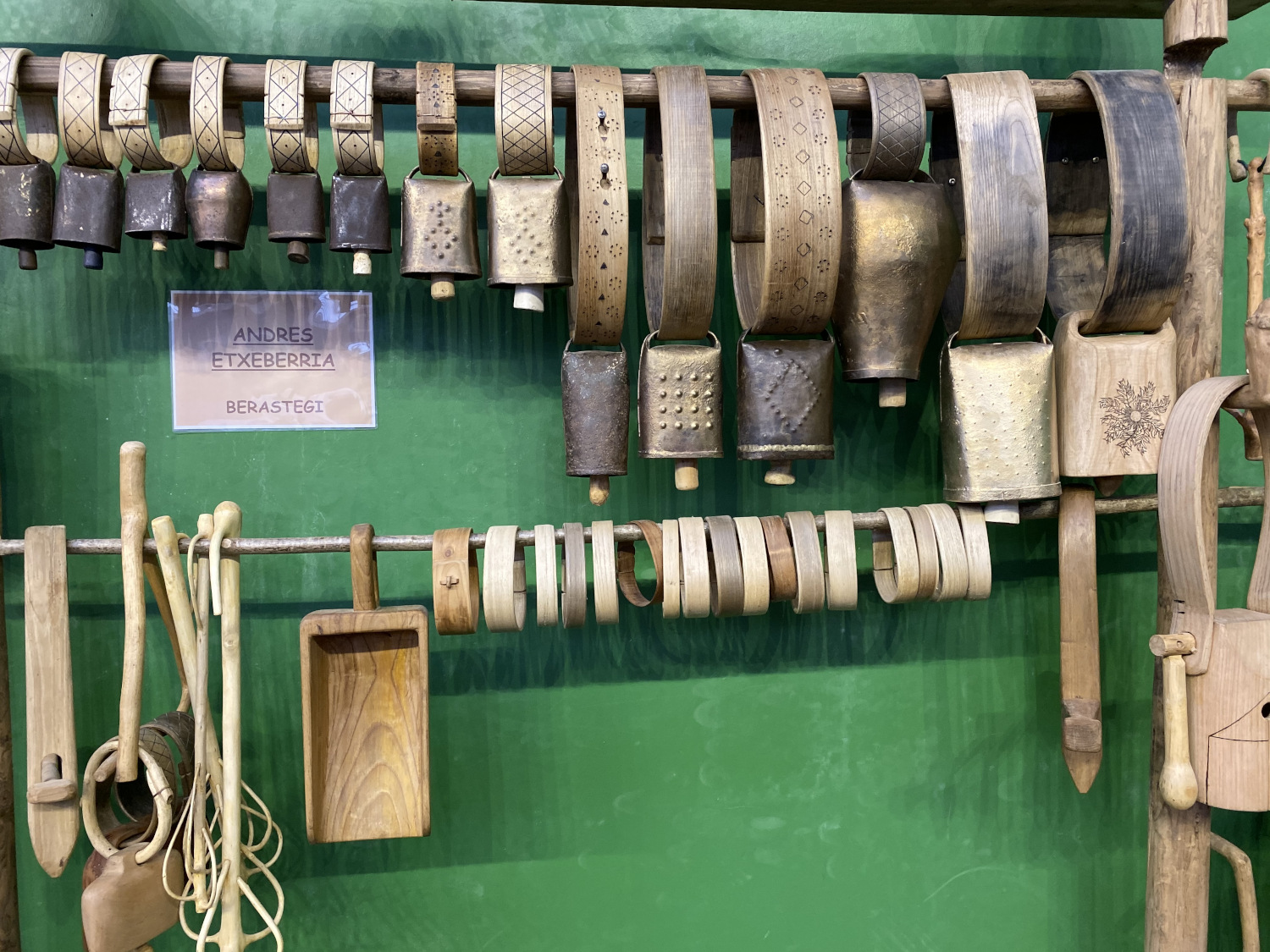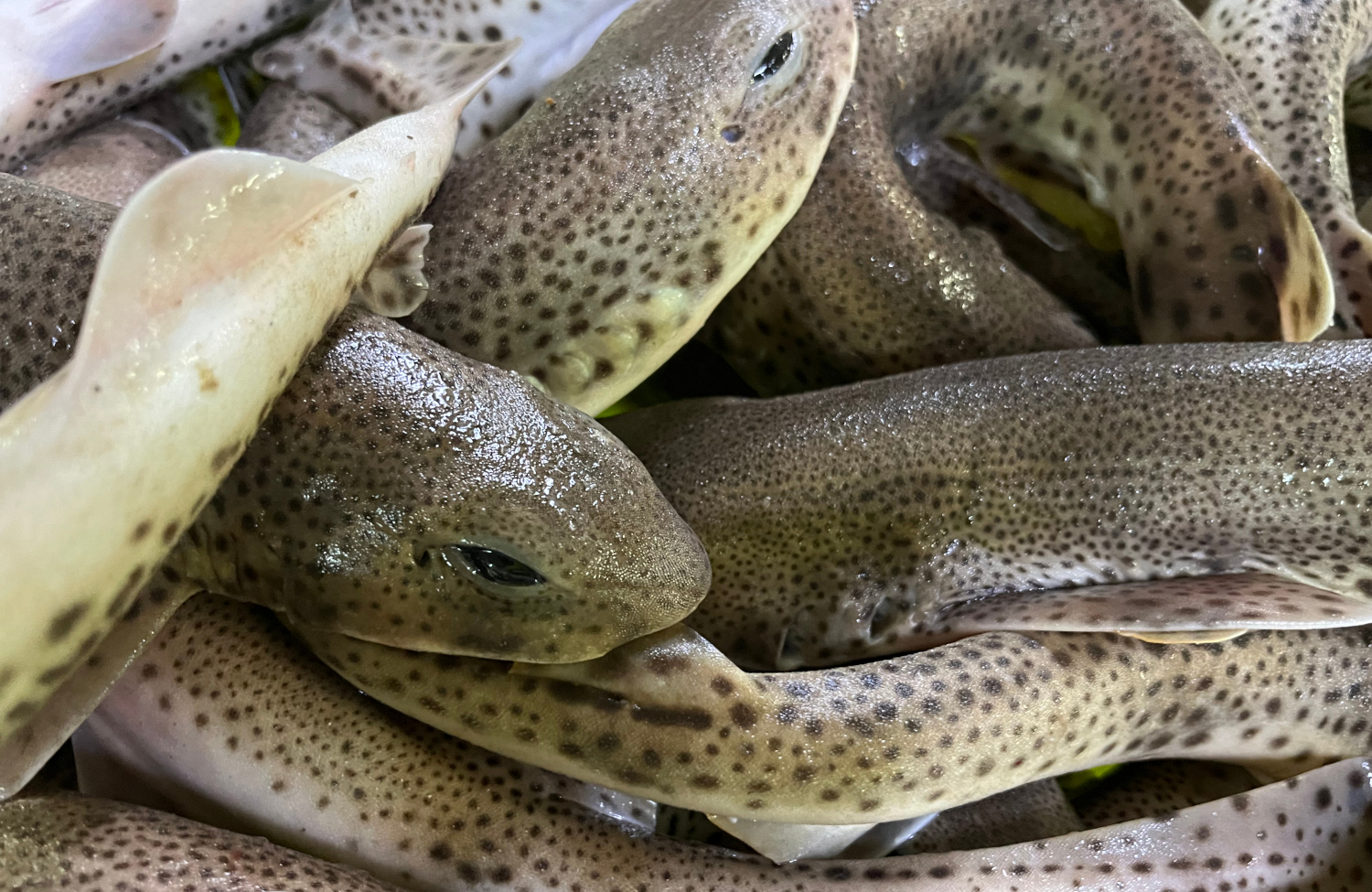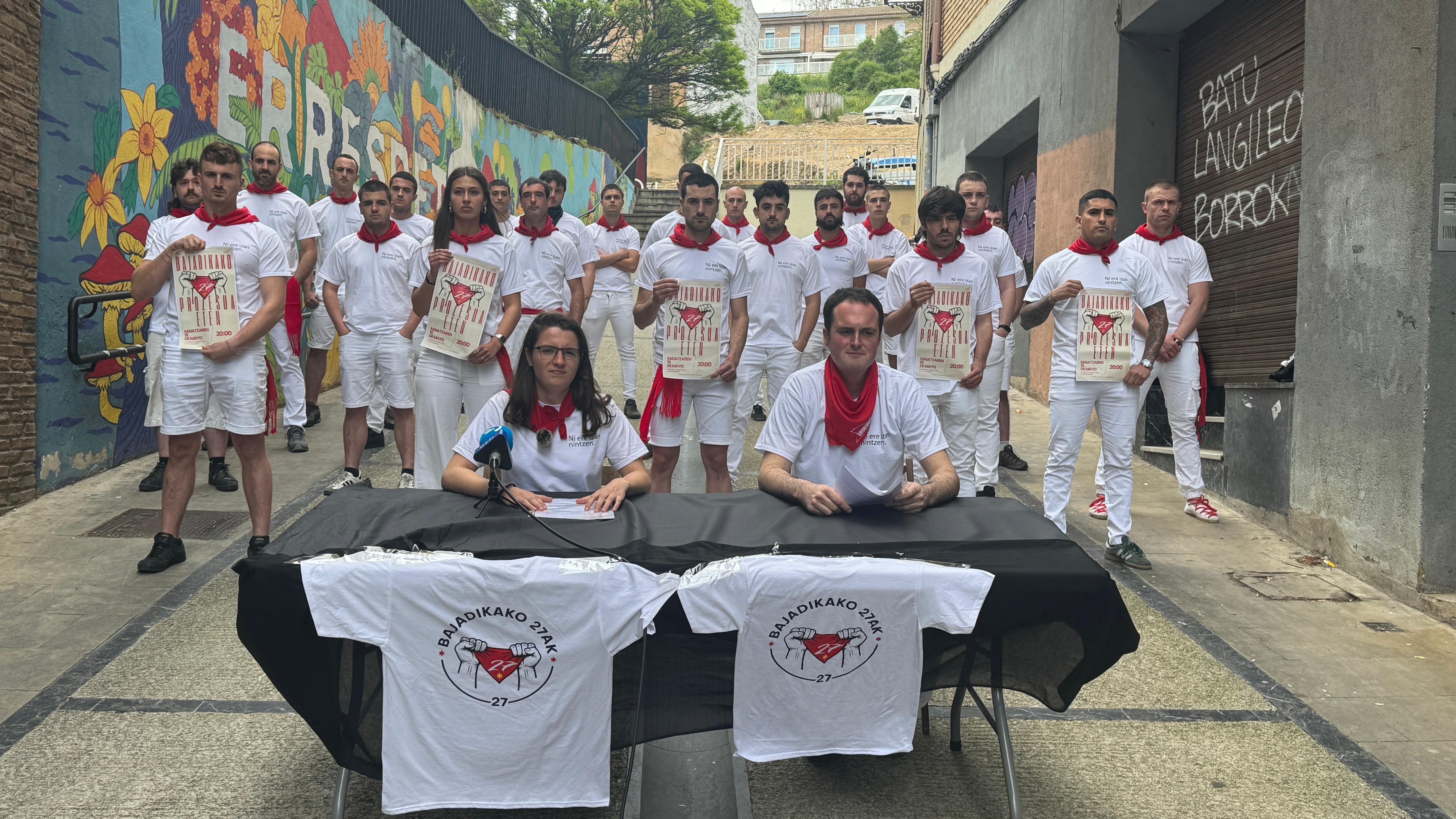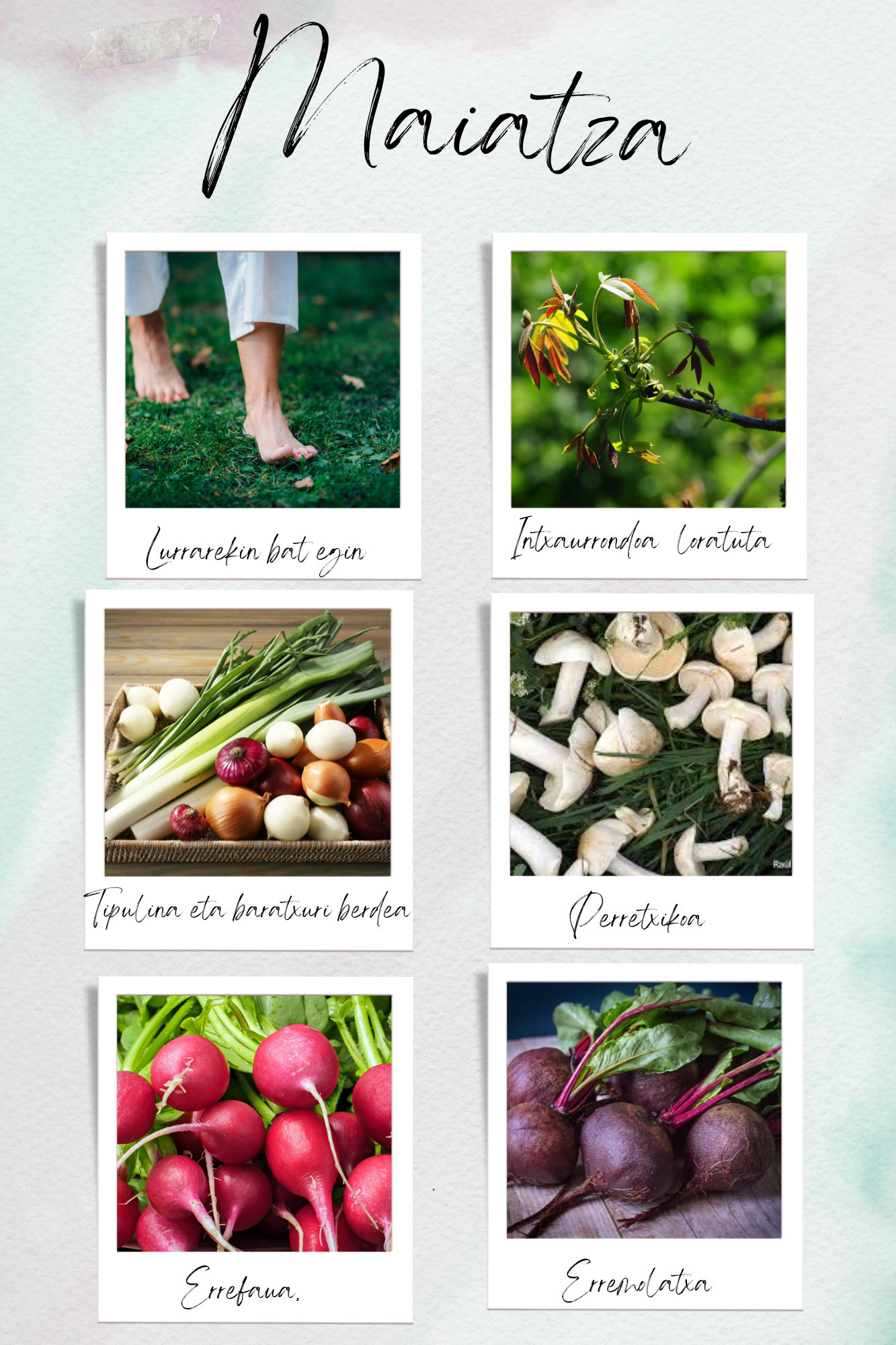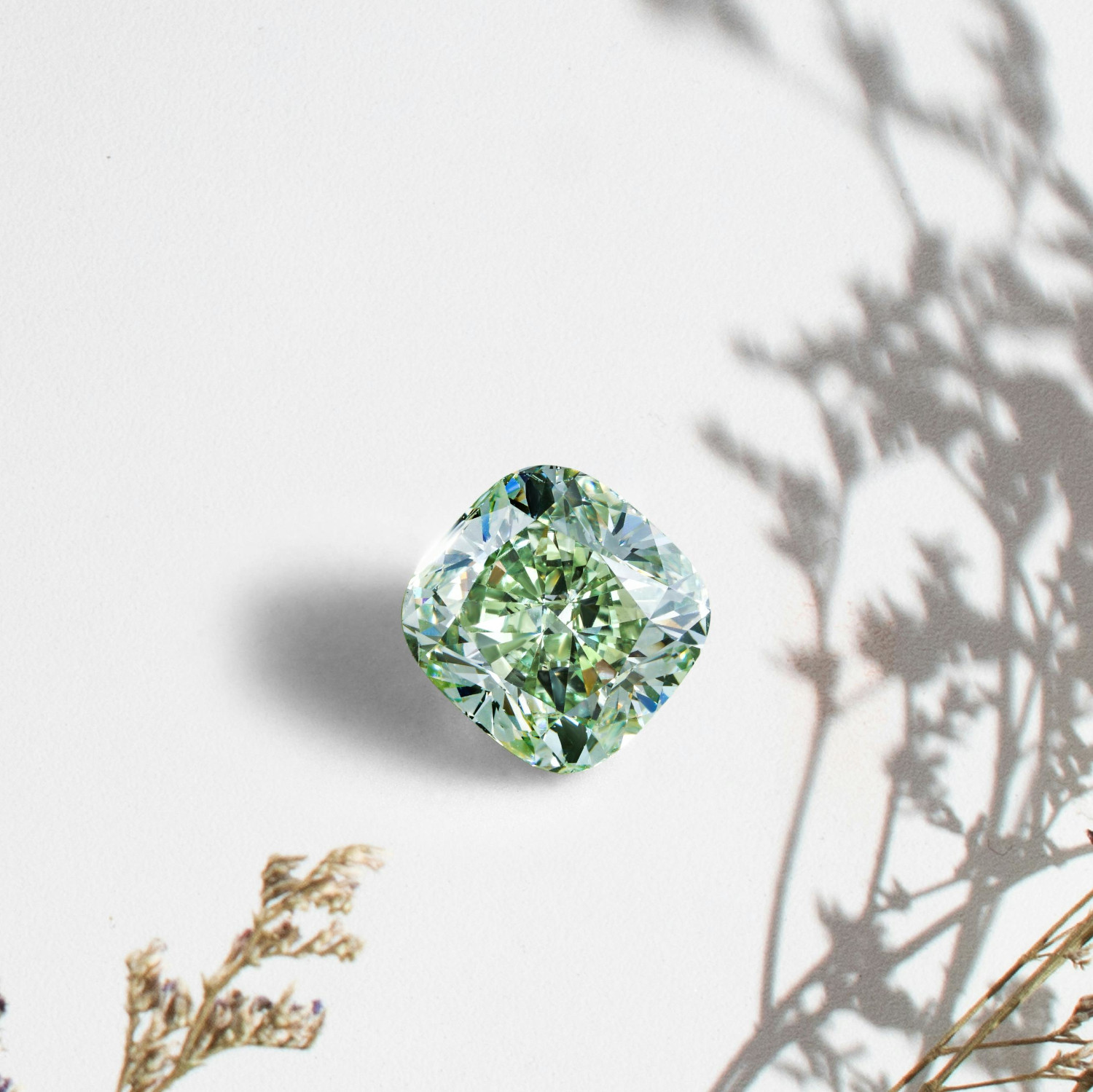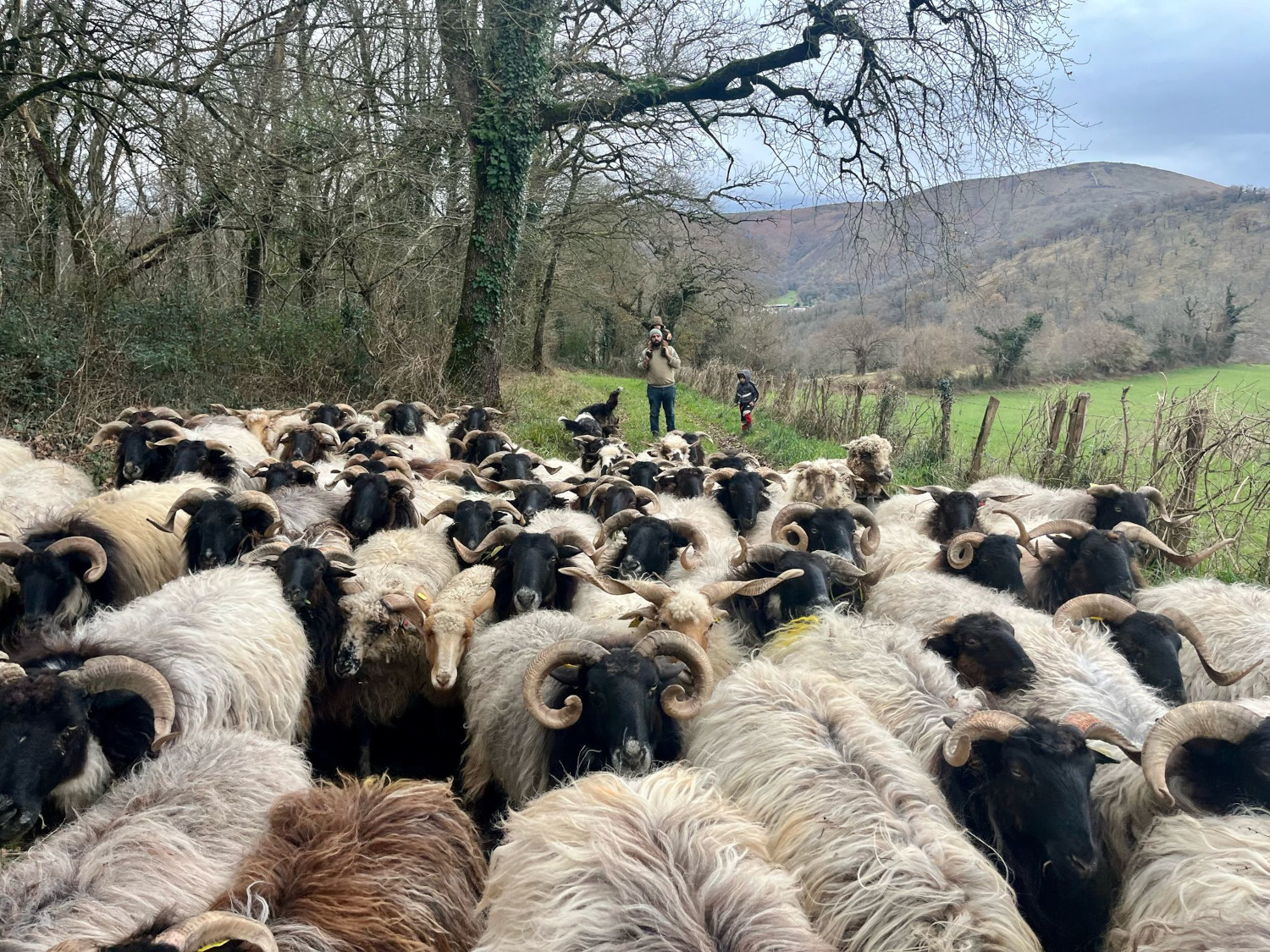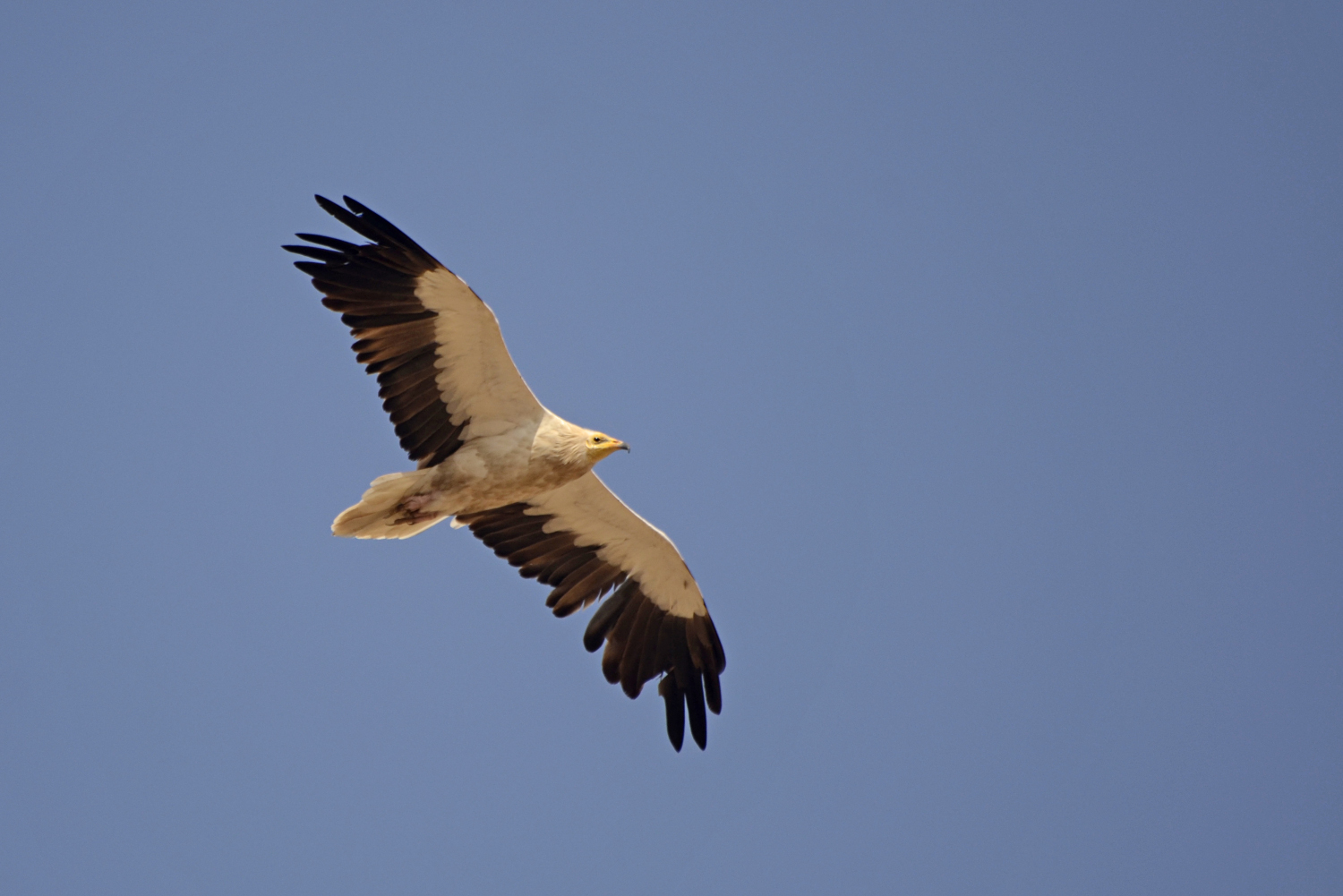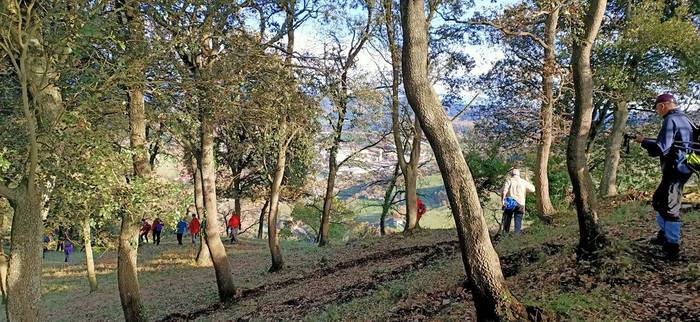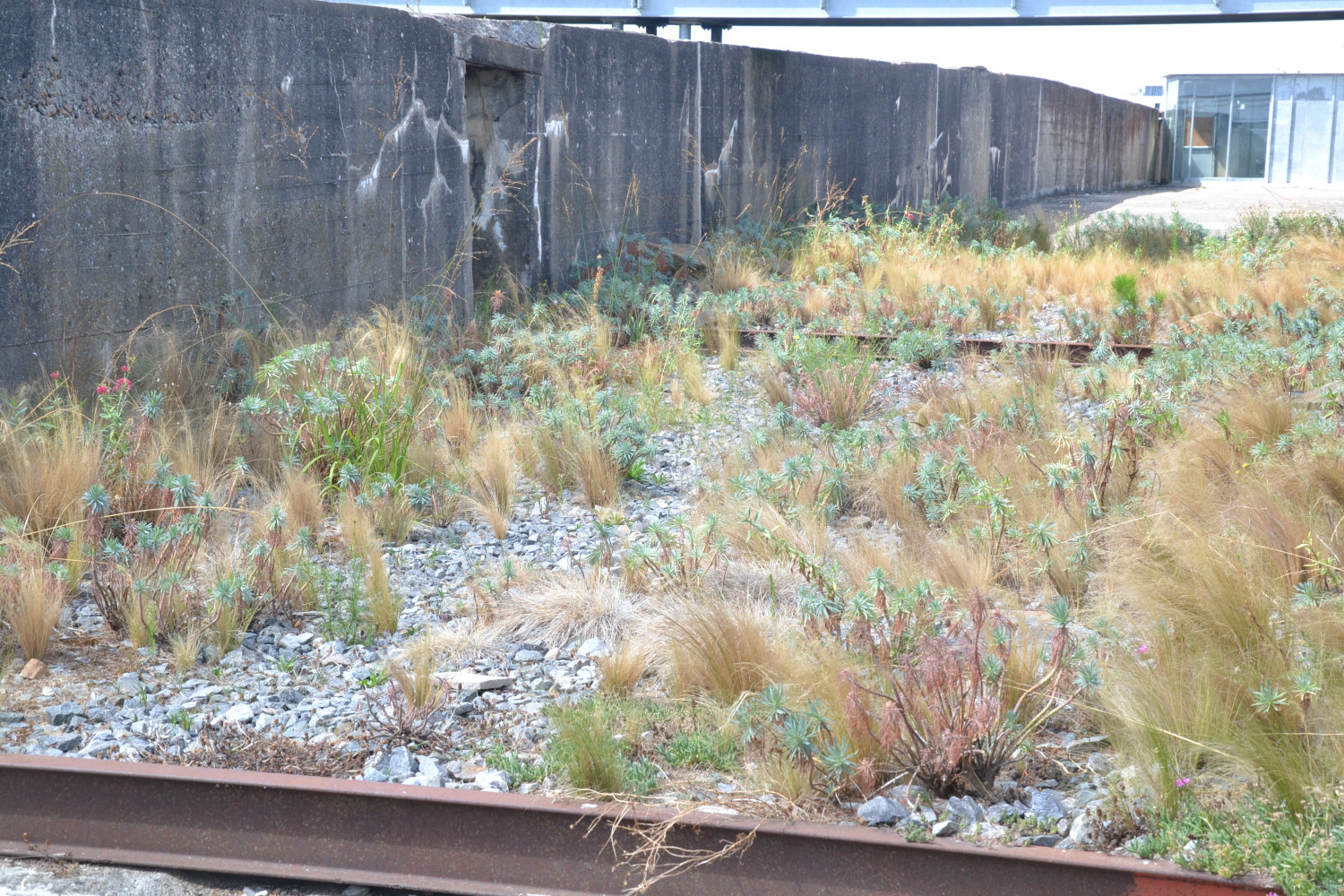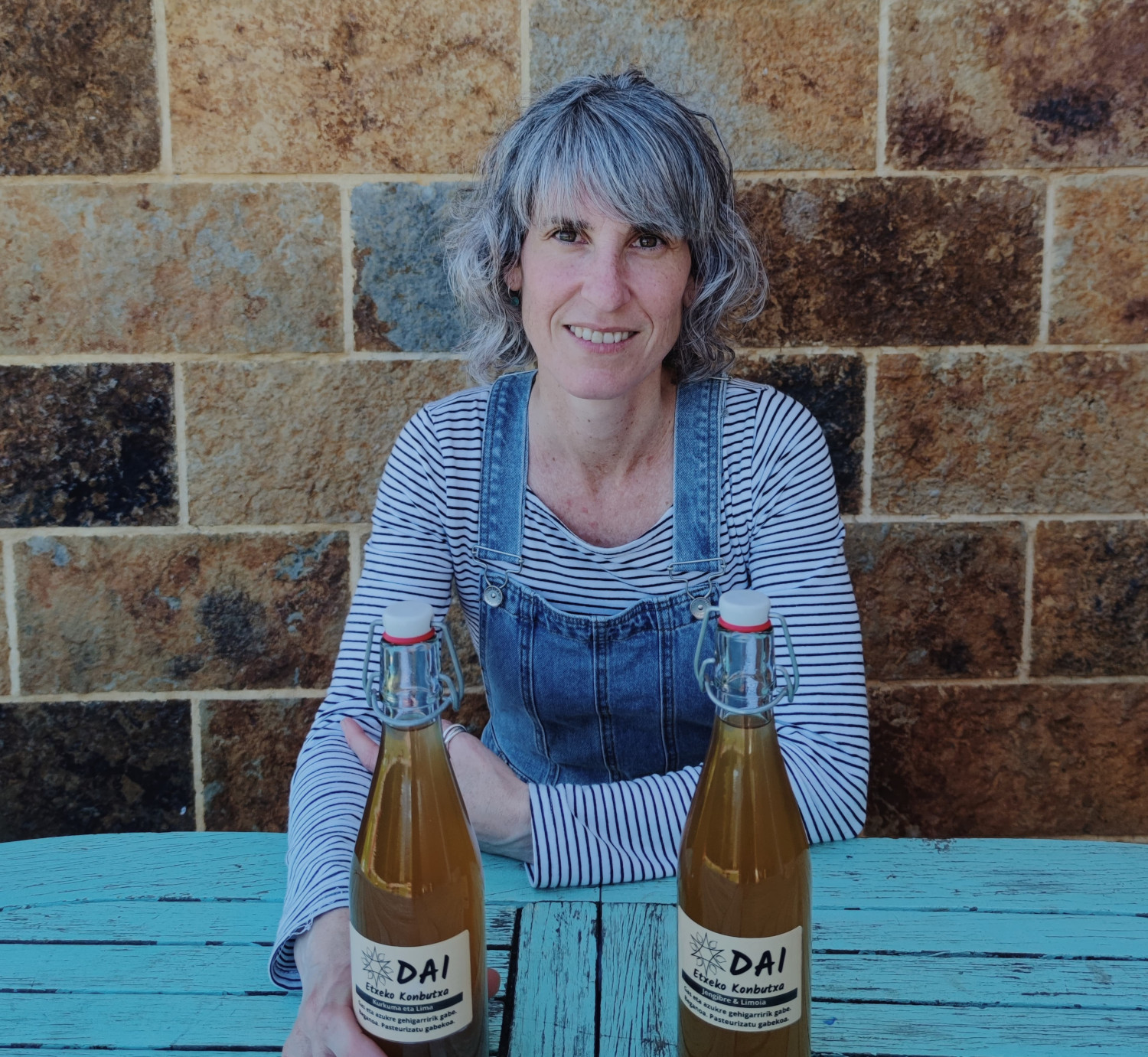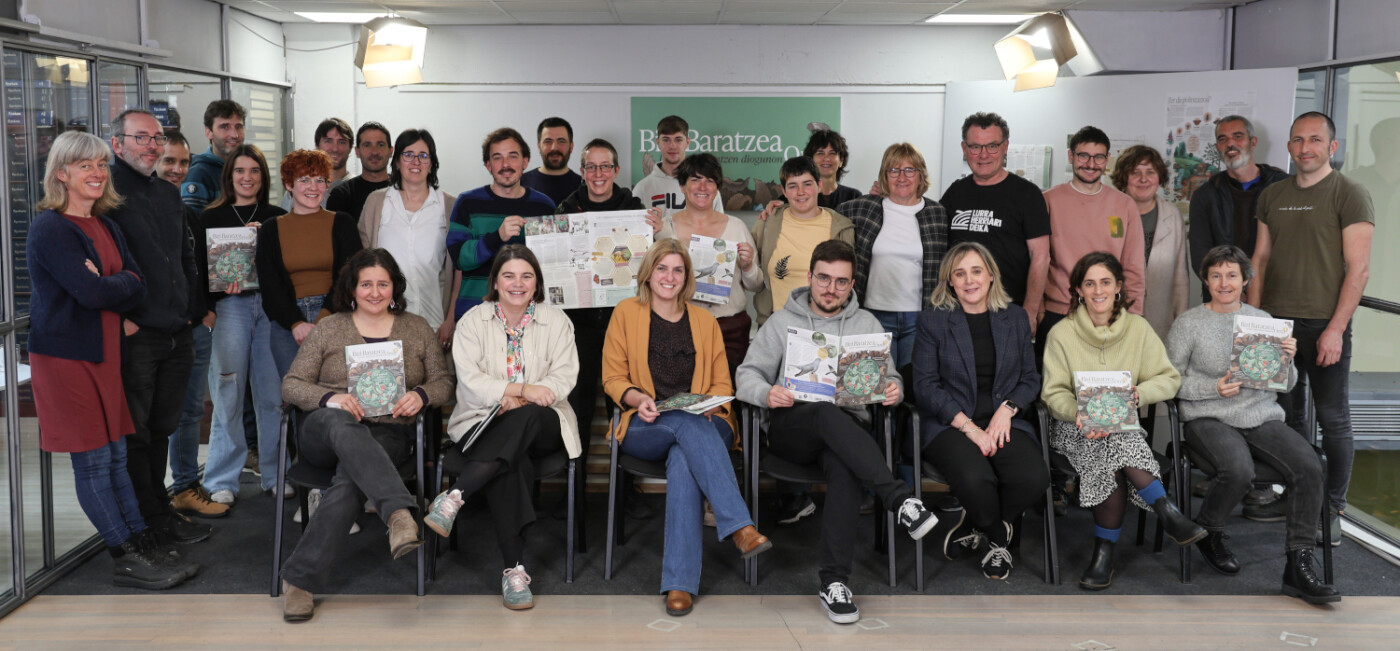Onion in Euskal Herria rope from side to side
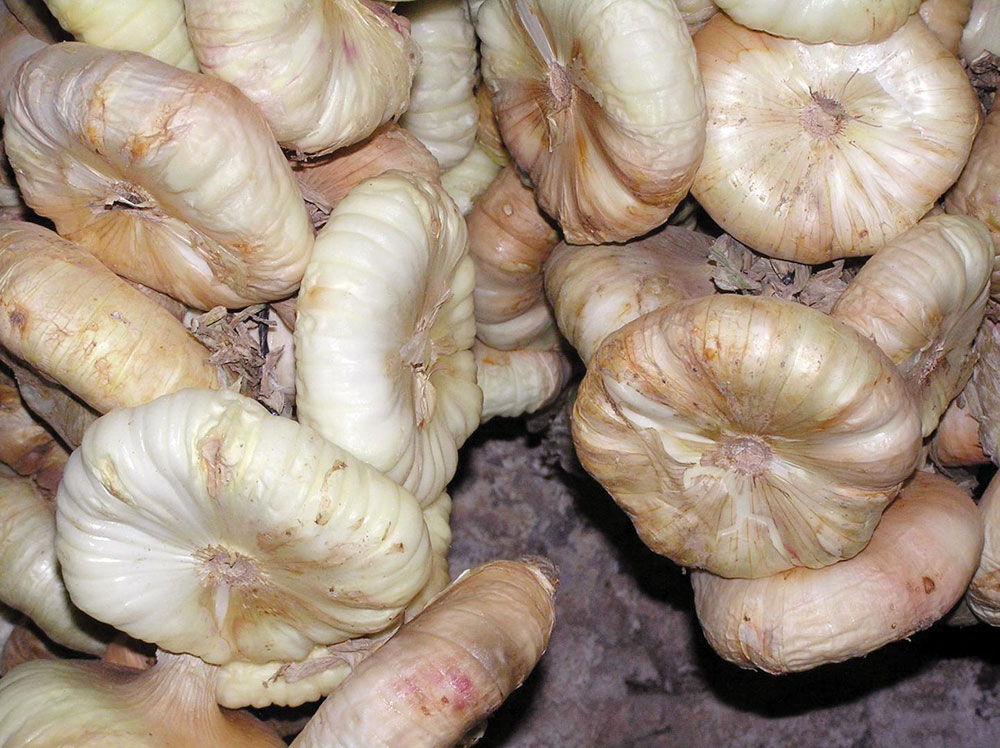
"Pain is pain, it's not guindilla, it's skirts and it's not lady, it's burrs and it's not man." It is an invention received by the fraile Kandido Izagirre. The answer, as she says: chives. The onion or the trick, Allium cepa, has just crouched. The onion has an upright moño leaf on the head that has grown in half soil and a half in two, and when growth stops this moño it will tomb or be silenced; it will be pinched or developed, silba, silva, bloom, seduced, reared, foiled, tender or simulated, hardened, hardened, hardened, hardened, fried. The sayings and reserves that the onion has gathered and organized in the head are not to enjoy our marmitako and ajoarrieros, but to give the flower, the fruit and the seed and to chain the future of its caste. Some people push and flex on the leg the bundles of leaves that haven't spontaneously fallen apart to prevent this development.
The deposit is collected at the end of July and the beginning of August, the warmest of the summer. It is taken out of the ground and left in the sun on the ground or in a dry, ventilated place. Once dry, shake the remains of soil, it is important for proper conservation, as the soil is easily humidifier and can prune the onion head. Cut and braid on the rope to hang the ends of the roots and fleeting leaves. Rope or bouquet, string, yarn, txorta, braid, zarza, oko, sarta, adats, borka, morka, porka, borkil, mulko, mordo, gulf, mortxokada, adalko, mustriko...
Now there's a nice onion smell. What for some is a bad and hard smell is sweet and the best way to the sky of the mouth. If you're a onion lover and have a proper place to pick it up, don't hesitate to do it and bring some items. In Euskal Herria we have very prestigious onions.
Zalla's red comes from the west. Its color is spectacular, it is called red and shows a beautiful burile or purple on the edge of each layer of leaves of the head. It is fashionable and is gaining more and more prestige thanks to the efforts of the farmers and the pressure of the cooks.
The rest come from eastern Navarre. Huarte's onion is made in areas such as Aoiz, Oroz-Betelu, Sangüesa and Lumbier. It can be enormously large up to 20 cm. The Ustaiz onion is also of great prestige and is cultivated in the same municipality of Ustaiz and in the Navascués almirio and in the Salazar valley. It's very crushing, weird and very difficult to find. In the bourgeois area the famous “Onion of Salbaterra” of Salbaterra is cultivated. It's similar to Ustaiz's, more flattened but sweeter. Both have the reputation of being very sweet; locals make sure you have to eat raw to taste their maximum taste, while mixing the salsa with the rest of the salsa is a waste.
What would we do without onion! Eat the onion but not, remember: “Eat onion, work onion.”









